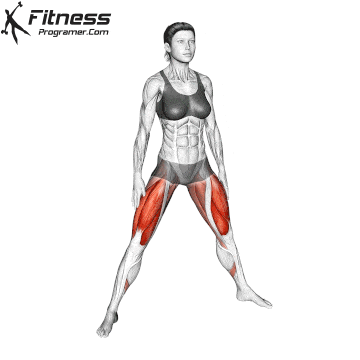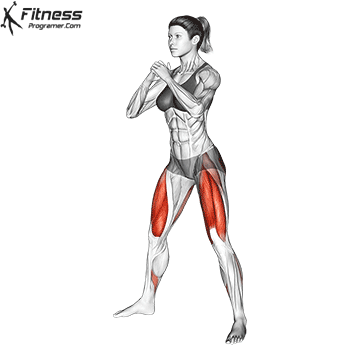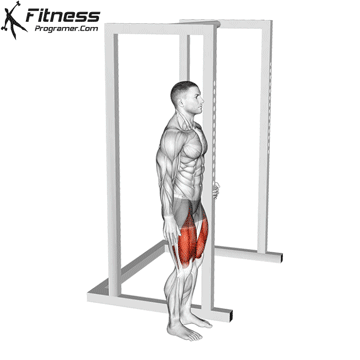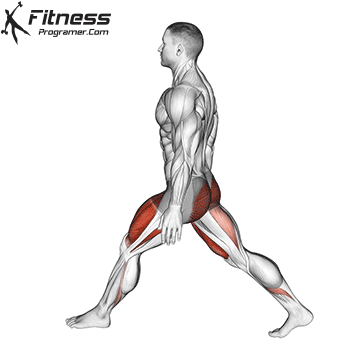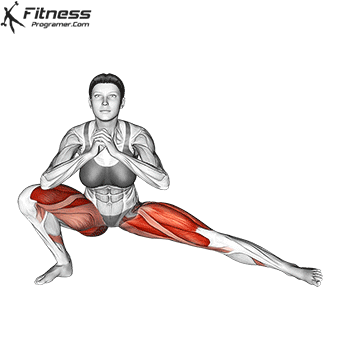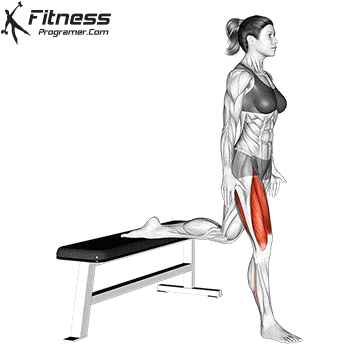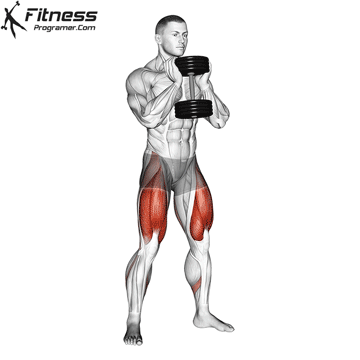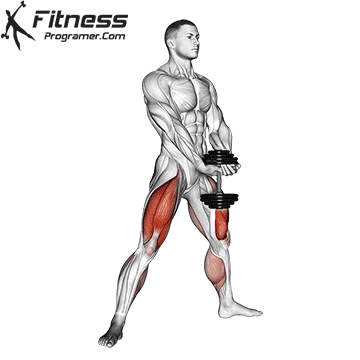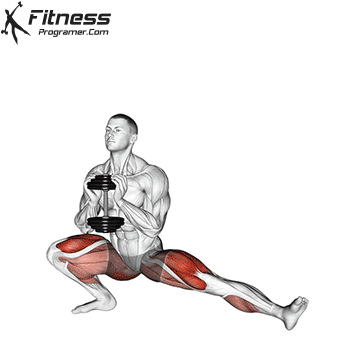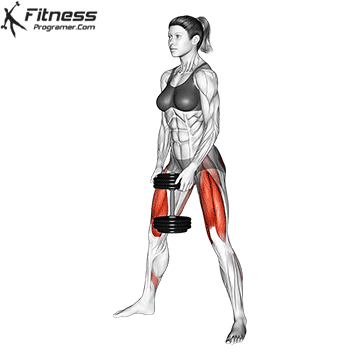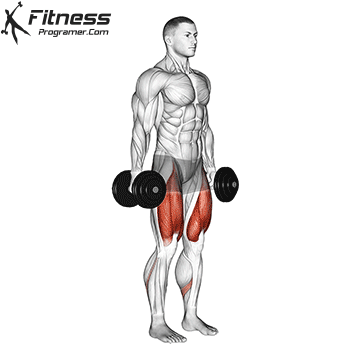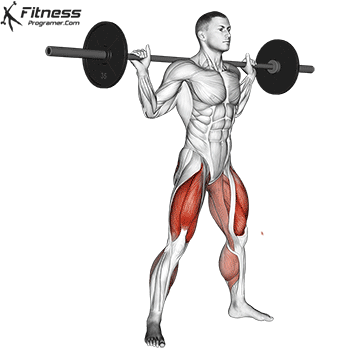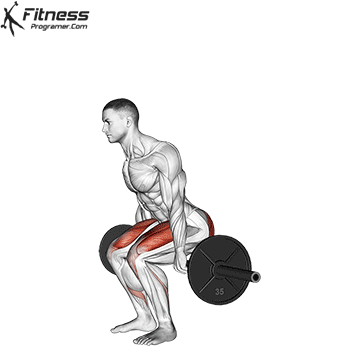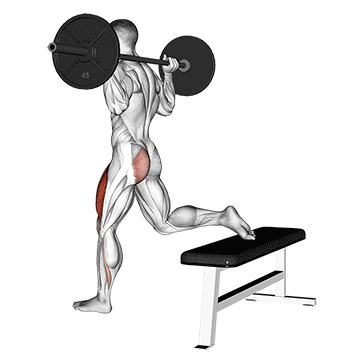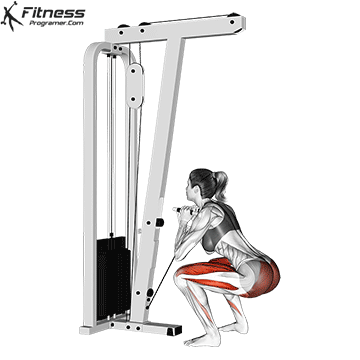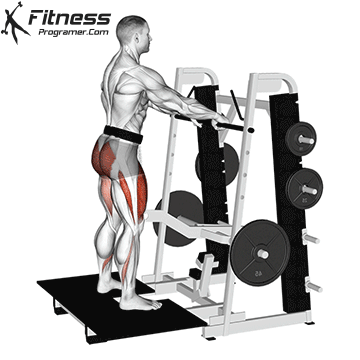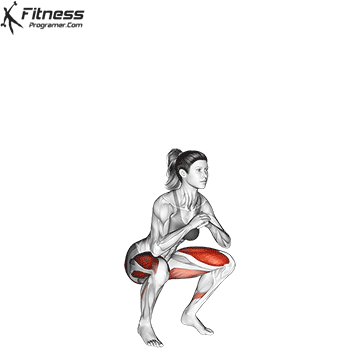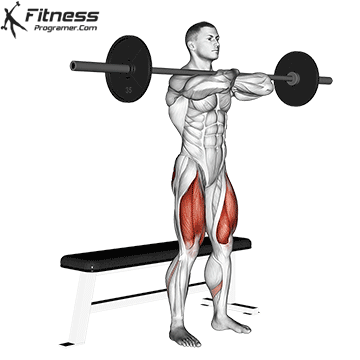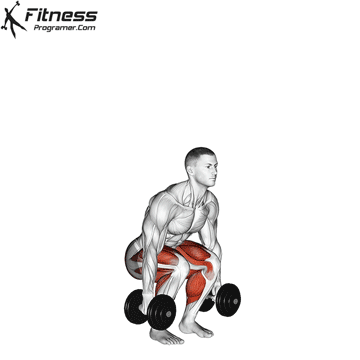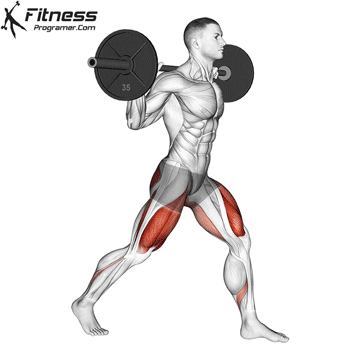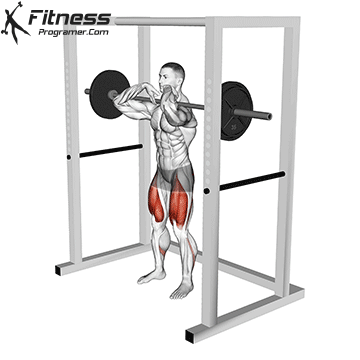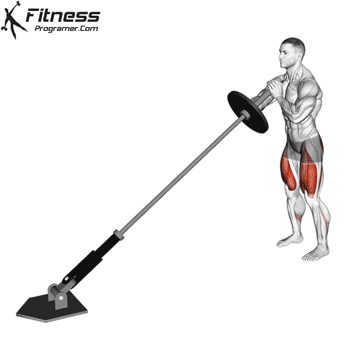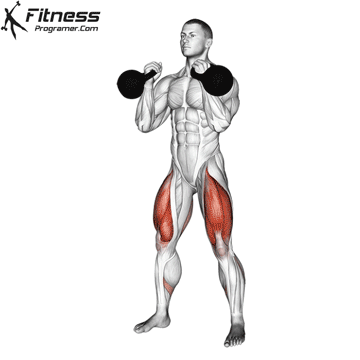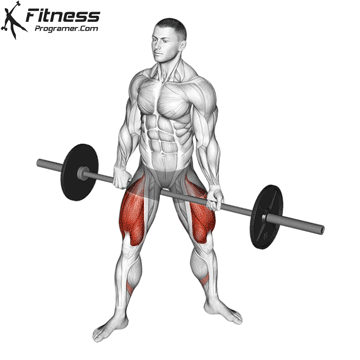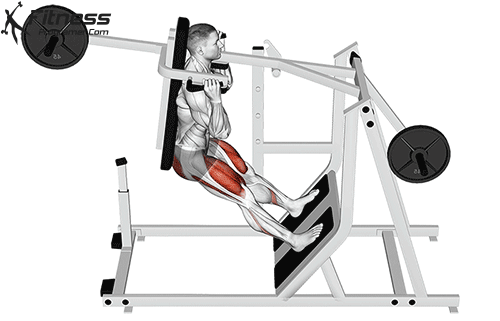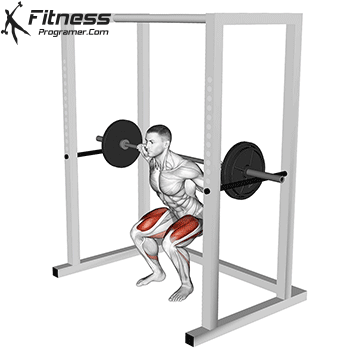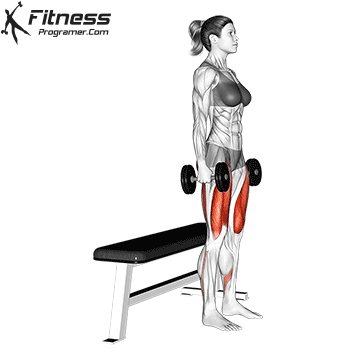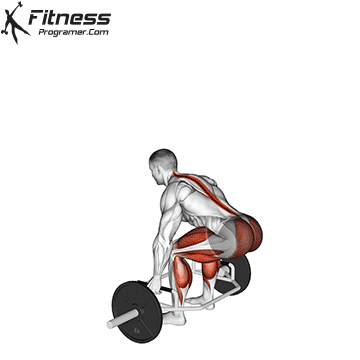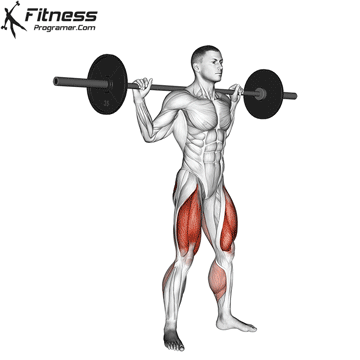Overview
The reverse hack squat is a variation of the hack squat performed by facing the machine. This setup shifts emphasis to the posterior chain, especially the glutes and hamstrings, making it a popular variation for physique training and lower-body strength.
How to do Perform Reverse Hack Squat
Step into the hack squat machine facing the pads and place your shoulders under the shoulder rests.
Position your feet slightly forward and hip-width apart on the footplate.
Brace your core and grip the side handles.
Unrack the machine by standing up slightly and releasing the safety catch.
Lower your body by bending your knees and hips until your thighs are at least parallel to the footplate.
Drive through your heels to return to the top position. Repeat for the desired reps.
Tips for Proper Form
Keep your chest against the pad and avoid arching your back.
Position your feet slightly forward to emphasize the glutes and hamstrings.
Drive through your heels on the way up for better posterior activation.
Lower under control to maintain tension on the target muscles.
Do not lock out your knees at the top of the movement.
Common Mistakes
Placing feet too low, which shifts emphasis away from the glutes.
Rounding the lower back during descent, which increases injury risk.
Using momentum instead of controlled movement.
Lifting the heels, reducing posterior chain engagement.
Overloading the machine, compromising form for weight.
Benefits of the Reverse Hack Squat
Targets the Posterior Chain: The reverse position places more load on the glutes and hamstrings than the traditional version.
Reduces Spinal Load: The machine’s support reduces compression on the spine compared to barbell squats.
Supports Controlled Range of Motion: The guided path of the machine ensures consistency and allows deeper squatting for muscle activation.
Great for Glute and Hamstring Hypertrophy: Ideal for those looking to build and shape the posterior chain with minimal knee strain.
Useful for Beginners and Rehab: Offers a safe introduction to weighted squats for those with limited mobility or recovering from injury.
Improves Hip Extension Strength: Strengthens the glutes in hip extension, which carries over to deadlifts, lunges, and sprinting.
Stable and Joint-Friendly: Ideal for those who struggle with balance or knee sensitivity during free-weight squats.
How to Incorporate Into Your Routine
- For Beginners: Use light weight and perform 2 to 3 sets of 8 to 10 reps to learn the machine mechanics.
- For Hypertrophy: Aim for 3 to 4 sets of 10 to 12 reps, focusing on slow, controlled tempo and glute engagement.
- For Strength: Perform 4 sets of 6 to 8 reps with heavier loads and full depth.
- For Functional Training: Pair with exercises like hip thrusts or step-ups in a posterior chain circuit.
- For Circuit Training: Add 10 to 12 reps of reverse hack squats between other compound leg movements.
- For General Fitness: Use moderate weight for 2 to 3 sets of 10 reps to build overall lower-body strength.
- For Athletic Development: Include it in a lower-body day focused on glute drive and sprint support.
Reverse Hack Squat Muscles Worked
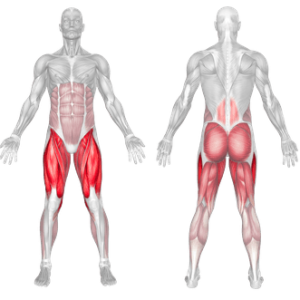
Frequently Asked Questions
What is the difference between the reverse and traditional hack squat?
The traditional version faces away from the pad and targets the quads more. The reverse version shifts focus to the glutes and hamstrings.
Is the reverse hack squat safe for the knees?
Yes, especially when done with proper form and the feet positioned forward. It reduces knee strain compared to many free-weight squats.
Can this replace Romanian deadlifts or hip thrusts?
It can complement them but should not replace them entirely. Each targets the glutes and hamstrings differently.
Do I need special shoes or equipment?
Flat shoes or barefoot training are best to maximize heel drive and glute activation.



